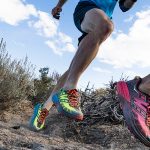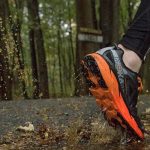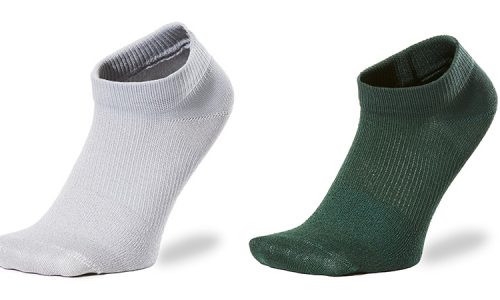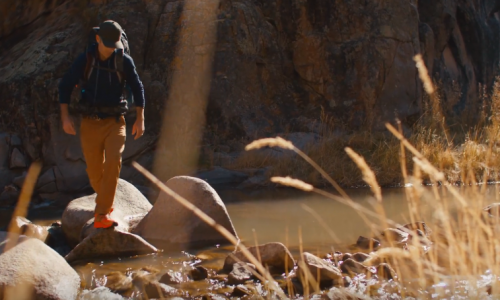Home » Gear Reviews » Running » Running Shoes » Trail Running Shoes » Lightweight Trail Running Shoes » New Balance Minimus 10v2 Trail
New Balance Minimus 10v2 Trail Review
March 16, 2013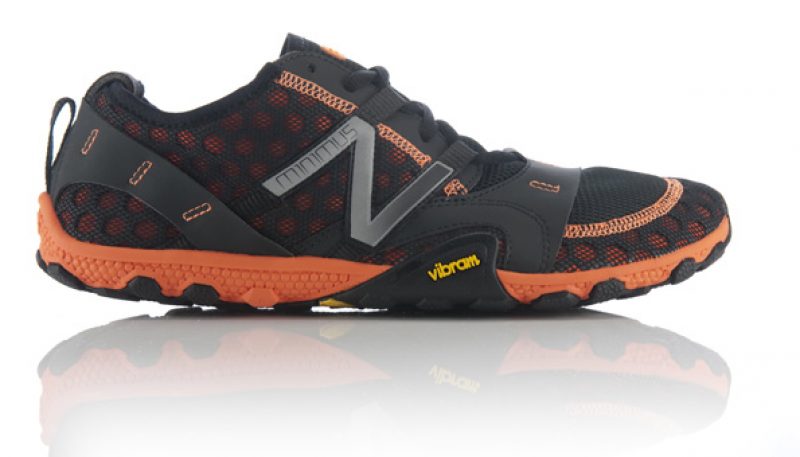
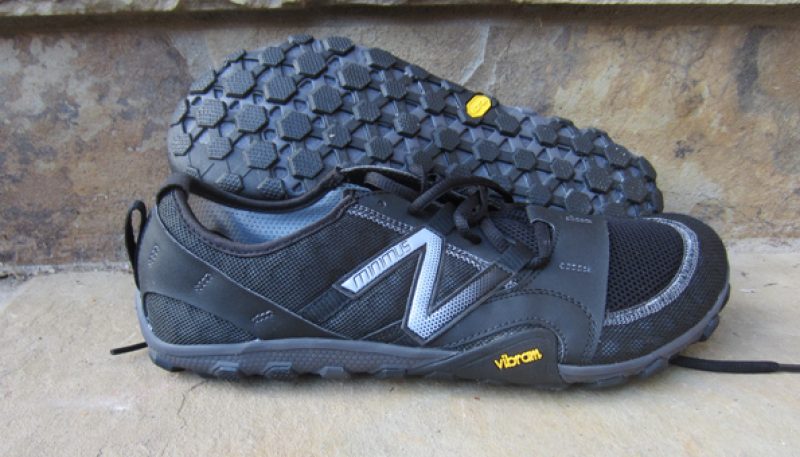
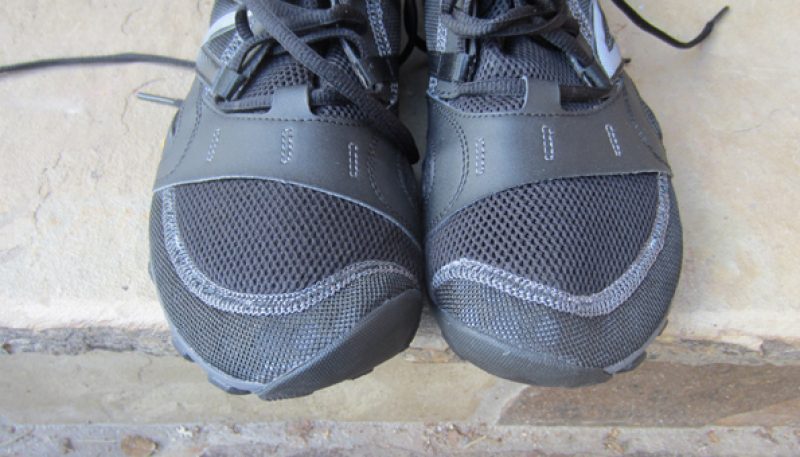







 86
86 The Good
- Overall fit and comfort
- Great balance of protection and minimalist design
- Outsole has great traction but is still comfortable for stretches of asphalt use
- All-black color scheme! A welcome relief from oranges and neons.
The Bad
- Higher stack height than previous version
- 4mm drop prevents this from being a true natural running design
New Balance had a winner on its hands with the first generation Minimus Trail shoe, and the 2013 version provides improvements in weight and comfort without compromising performance. It’s an attractive middle ground between minimalism and high intensity demands. Experienced minimalists will find them perfectly adequate for a mountain 100-miler, but it’s probably best suited for racing shorter trail distances from 10K to 50K.
Weight
The Minimus 10v2 Trail weighs in at 6.2 oz, which is nearly a full ounce lighter than the previous version. Much of this can be attributed to a lighter midsole foam as well as smaller lugs and less overall rubber on the outsole. There’s also slightly less padding around the ankle collar area, but this doesn’t sacrifice comfort.
Fit and Comfort
From a functional standpoint, the reduction in padding is barely noticeable; there’s just enough cushion around the Achilles tendon, and all of the interior surfaces (insole, upper, and tongue) are comfortable against bare skin. The mesh upper material has a slipper-like feel, and the last outlines the shape of the foot very accurately.
One modification from the first generation shoe is the forefoot band, which some users found too tight against the top of the foot. The 2013 version has been redesigned to be slightly more elastic and eliminate pressure points, but it still effectively keeps the foot from sliding to the front of the toe box during steep descents. The upper is highly breathable and drains water quite well after stream immersions.
Flexibility
The shoe is completely flexible through the midfoot and forefoot, with only minor restriction in the heel area due to the thicker midsole.
Ground Feel
This is the one spec where I think New Balance, from a minimalist standpoint, is moving in the wrong direction: the first generation Minimus Trail had midsole heights of 15mm in the heel and 11mm in the forefoot. Stack height for the v2 is 16.5 in the heel and 12.5 in the forefoot.
Both versions result in a 4mm heel-to-toe drop rather than a zero-drop. This is advantageous for racing conditions and high-speed descents, but compromises some of the biomechanics of natural running. Considering that the midsole platform is 11mm at its lowest, it doesn’t seem like too much to ask for New Balance to make a version of this shoe with a completely flat midsole for those of us purists.
Traction
Although the total outsole rubber is decreased, the M10v2 maintains solid traction on all kinds of off-road terrain, including wet or muddy conditions and highly technical rocks or roots. Lateral grip is improved on the v2 thanks to the addition of a few extra lugs on the medial arch area, which was previously smooth rubber on the earlier version.
With relatively flat (rather than cleated) lugs, the Vibram outsole is also well-suited for road running to and from the trailhead, or for the inevitable asphalt stretches in the middle of a trail ultra.
Durability
If the previous version is any indication, the M10v2 is more likely to eventually break from the topside down (i.e. fraying of the uppers) rather than the bottom side up. Fortunately, there’s no evidence of strain or tearing after more than 100 miles of trail running including the occasional off-trail bushwhacking trek. The outsoles show no signs of rapid deterioration despite occasional road use.










